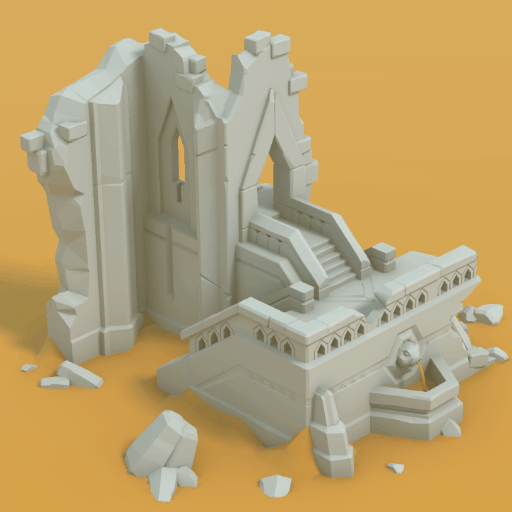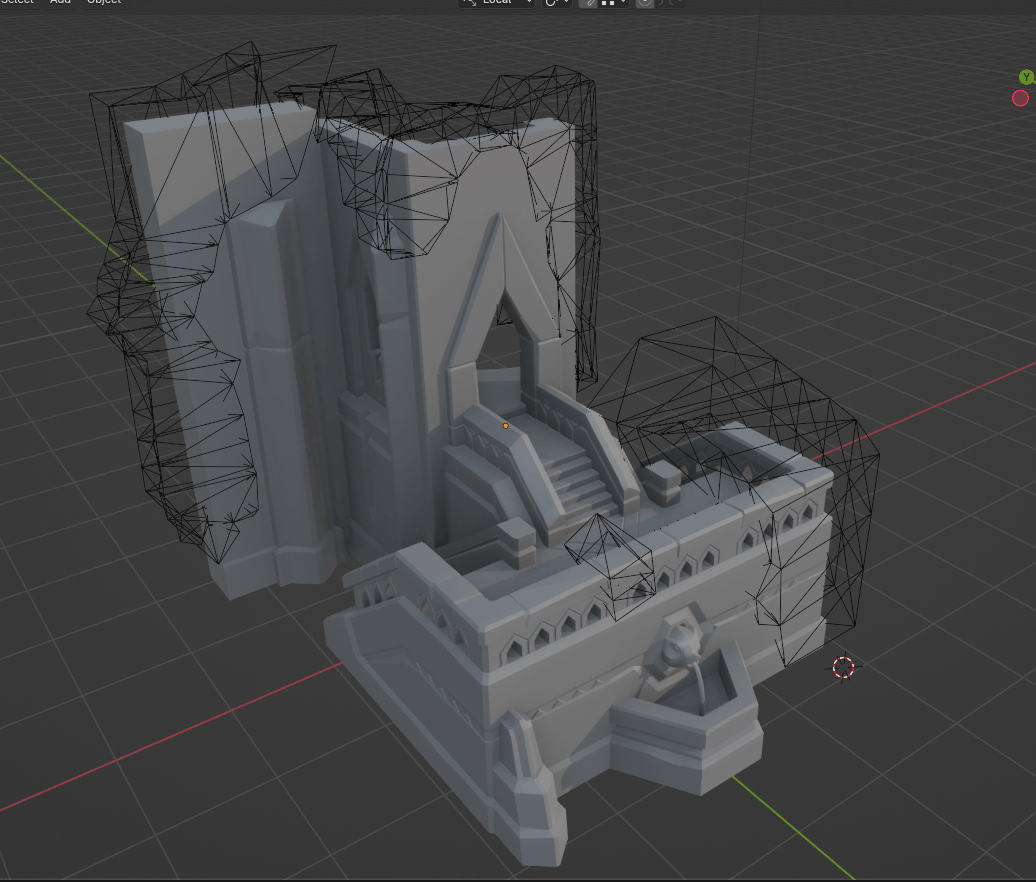The BRAWL² Tournament Challenge has been announced!
It starts May 12, and ends Oct 17. Let's see what you got!
https://polycount.com/discussion/237047/the-brawl²-tournament
It starts May 12, and ends Oct 17. Let's see what you got!
https://polycount.com/discussion/237047/the-brawl²-tournament
Best Of
Re: The Bi-Monthly Environment Art Challenge | November - December (99)
Fabi_G said:Cool concepts! I couldn't resist to start the ruins one. How far will I get?turntable animationTrying to keep the damage non-destructive using a boolean modifier. I find it's a bit fiddly, if misaligned cuts don't get capped.
Such a great take on this! I love the fountain at the front. The booleans are super smart too. I never thought to use that for something like this. Is there a tutorial for that? Can't wait to see it with colors!
Also this is my first reply so I dont know if the way I did this is correct (Quote)?
 fairlyBread
fairlyBread
3 ·
Re: Sketchbook: Melomad
First, about creating the upper eyelid crease, I agree it's a pain and I don't know how to do it in zbrush. I'd probably try to create two different objects (tools?) for the tarsal plates part of the eyelids and only combine them with the rest of the face later when the fat pads and eyebrows are 100% done, so they don't accidentally meld with everything going around the eyeballs early in the sculpting. It's one of the reasons I use Blender, it lets me jump into edit mode and push edges around so I can place the crease exactly where I want then mask it to keep it from getting destroyed when sculpting.
And it gets worse because to bake textures you'll want to have a semi-closed eye variant of the sculpt to avoid self-intersection baking errors.
-----------------------------------------
Since we're talking about eyes, here are some elements which are very useful to know so you know what look for in references. There are more orbital fat pads than one ones highlighted here, but the mentioned ones are visible on the surface while the missing ones are part of a kind of deep fat bed that supports and protects the eyeball and doesn't matter for sculpting and drawing.
Welcome to polycount's eye anatomy crash course! 😎
And it gets worse because to bake textures you'll want to have a semi-closed eye variant of the sculpt to avoid self-intersection baking errors.
-----------------------------------------
Since we're talking about eyes, here are some elements which are very useful to know so you know what look for in references. There are more orbital fat pads than one ones highlighted here, but the mentioned ones are visible on the surface while the missing ones are part of a kind of deep fat bed that supports and protects the eyeball and doesn't matter for sculpting and drawing.
Welcome to polycount's eye anatomy crash course! 😎
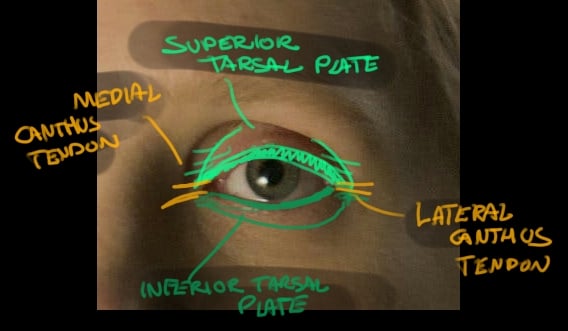
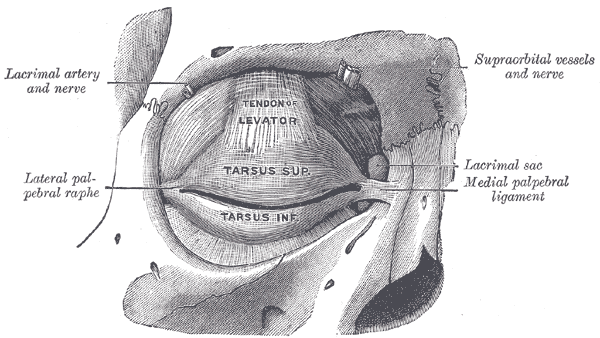
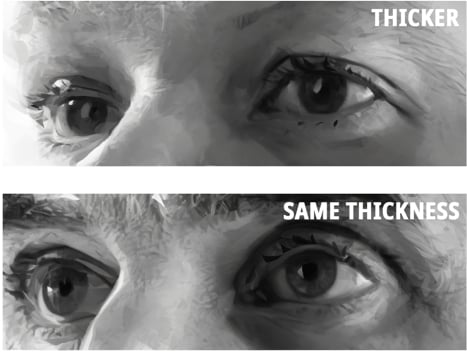
Tarsal plates
The part of the eyelids that moves, they're very firm to the touch like tendon sheets. Pinch your upper eyelid and you're pinching it. In some people the upper tarsal plate is noticeably thicker than the lower, and a small overlap can be seen in the lateral canthus.
Medial canthus tendon / ligament
Very important. The eye muscles are anchored on it, contracting in this direction, and the medial fat pad dives under it.
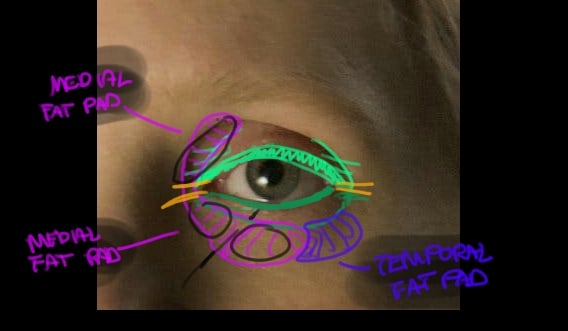
Medial fat pad
It's made of 3 parts but the bottom rarely looks like two pieces. The canthus ligament splits it in two, and it's not uniformly full, people can have a fuller bottom and hollow top for example. Jessica Chastain sits on the extreme in which the upper part practically doesn't exist, looking very hollow.
The upper part makes eyes go from hollow to hooded when combined with the ROOF. The lower part when sunken favours the appearance of dark circles. When it's swollen or loose it creates eye bags.
Temporal fat pad
Part of the eye bags if any, otherwise it just fills the region.
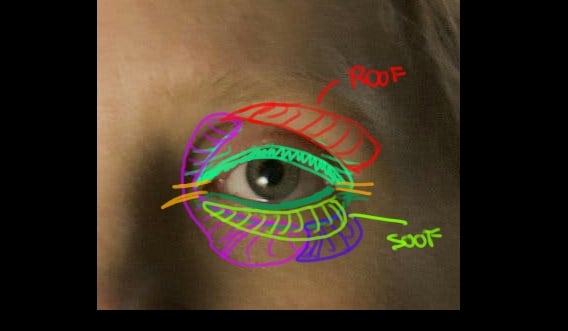
ROOF (retro orbicularis oculi fat)
Upper fat that when fuller makes the eye hooded. Can look like a continuous piece when combined with the upper medial fat pad or be independent from it, with a gentle furrow separating them. Jessica also doesn't have much of it, it's pretty much following the bone there.
SOOF (sub orbicularis oculi fat)
Lower fat, can go from not noticeable, making the lower tarsal plate lean and sharper looking, to more noticeable making the lower part of the eye fuller and visible, like Ella Purnell's eyes. When fuller you usually see some wrinkles under it, but not older age wrinkles, they're plumper and exist just due the fullness of the area.
People have all sorts of variations, some extreme like Jessica's. Usually you want to look at:
ROOF for eye shape
Upper region of the medial fat pad for hollowness
SOOF or lack of it
Tarsal plates thickness and overlap at the lateral canthus
Temporal fat pad if it's someone older
I'd also like to point out the eyes angle. The canthus don't sit flat on faces, they follow the skull which is sort of round, so the medial canthus is more forward than the lateral canthus. Some people will have medial and lateral canthus pretty much on a line, but they're outliers, and it's always a good idea to create an outlier character on purpose, not by accident.
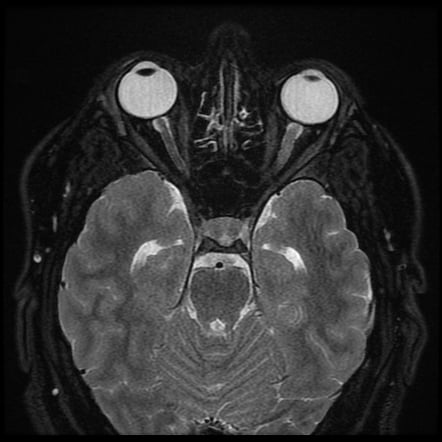
I'd also like to point out the eyes angle. The canthus don't sit flat on faces, they follow the skull which is sort of round, so the medial canthus is more forward than the lateral canthus. Some people will have medial and lateral canthus pretty much on a line, but they're outliers, and it's always a good idea to create an outlier character on purpose, not by accident.

 Celosia
Celosia
3 ·
Re: Do you think polycount a dying platform?
Saw this today, an eloquent description (I think) of why Polycount has persisted, and still remains quite useful.
https://blog.discourse.org/2025/11/the-death-of-community-memory/
https://blog.discourse.org/2025/11/the-death-of-community-memory/
 Eric Chadwick
Eric Chadwick
3 ·
Re: how to use displacement for bricks
I would recommend modeling it out with actual brick meshes, if you really need the silhouette to be affected.
Most of the time you don't, a good normal map does wonders. Plus you can add individual low-res brick meshes here and there to emphasize edges.
Here's an older example that combines two tiled textures, plus a bit of lowpoly modeling.
http://wiki.polycount.com/wiki/ModelingRubbleIntoAPath

Most of the time you don't, a good normal map does wonders. Plus you can add individual low-res brick meshes here and there to emphasize edges.
Here's an older example that combines two tiled textures, plus a bit of lowpoly modeling.
http://wiki.polycount.com/wiki/ModelingRubbleIntoAPath

 Eric Chadwick
Eric Chadwick
4 ·
Re: Sketchbook: Melomad
I think probably he meant there isn't enough variation and definition around the eyes. The upper and lower eyelids wrap around it evenly almost like a circle without much hint of fat or tendons causing variations, but at the same time the eyelids aren't quite wrapped over the eyeballs shape, they're sitting around it.
The eyebrow arch could also use some variation, for a more extreme example of hollow inner corner and regular outer corner look up Jessica Chastain without makeup.
It depends a lot for what amount of stylization and shading you're going for, but I think you style lends itself well to this kind of anatomical detailing. You could also sharpen the ear structure, areas with cartilage or bone like the transition of the nose bridge and it'd look very good. It'd also be a small step ahead than a lot of character art out there because people tend to overlook this kind of sharper x rounder rhythm. Think about Disney's guidelines of curves and lines, it's the same spirit but instead of silhouettes you're thinking about planes. Done with intent this is also stylization.
You're doing a really good job of translating from 2D to 3D by the way, and your style is lovely! "The Chronicle of Western Costume" is staring at me from my desk, so I'm also greatly enjoying the costume. 😄
Edit: I took so long to type this up he answered too and I 100% agree about layering and attention to details!
The eyebrow arch could also use some variation, for a more extreme example of hollow inner corner and regular outer corner look up Jessica Chastain without makeup.
It depends a lot for what amount of stylization and shading you're going for, but I think you style lends itself well to this kind of anatomical detailing. You could also sharpen the ear structure, areas with cartilage or bone like the transition of the nose bridge and it'd look very good. It'd also be a small step ahead than a lot of character art out there because people tend to overlook this kind of sharper x rounder rhythm. Think about Disney's guidelines of curves and lines, it's the same spirit but instead of silhouettes you're thinking about planes. Done with intent this is also stylization.
You're doing a really good job of translating from 2D to 3D by the way, and your style is lovely! "The Chronicle of Western Costume" is staring at me from my desk, so I'm also greatly enjoying the costume. 😄
Edit: I took so long to type this up he answered too and I 100% agree about layering and attention to details!
 Celosia
Celosia
3 ·
Re: Do you think polycount a dying platform?
Only old timers left here  (jk) Its not dead especially the technical art forum, I love replying there and guiding others asking for help on tech related issues.
(jk) Its not dead especially the technical art forum, I love replying there and guiding others asking for help on tech related issues.
I do hang out in Discord communities these days which one can say are more active in a way that people from different timezones reply to your questions right away unlike on forums where you have to wait a day or two.
Another thing, many new artists, devs do not even know about this gem of a website. I have shared its wiki pages so many times in several Discord servers that they have made a pinned resource drop for Polycount wiki pages lol
So as others said, start posting!
I do hang out in Discord communities these days which one can say are more active in a way that people from different timezones reply to your questions right away unlike on forums where you have to wait a day or two.
Another thing, many new artists, devs do not even know about this gem of a website. I have shared its wiki pages so many times in several Discord servers that they have made a pinned resource drop for Polycount wiki pages lol
So as others said, start posting!
 HAWK12HT
HAWK12HT
3 ·
Thinking to hire 3D artist
I am considering hiring a 3D artist but I am not very good at it so I would like to know first how much it would potentially cost to make a character for a 2D game in something like this style with idle animation and sword swinging animation?
2 ·
Re: The Bi-Monthly Environment Art Challenge | November - December (93)
its very late i know, but i finally got some days off to do shaders and render for the prop
that's the final result: https://www.artstation.com/artwork/rlree6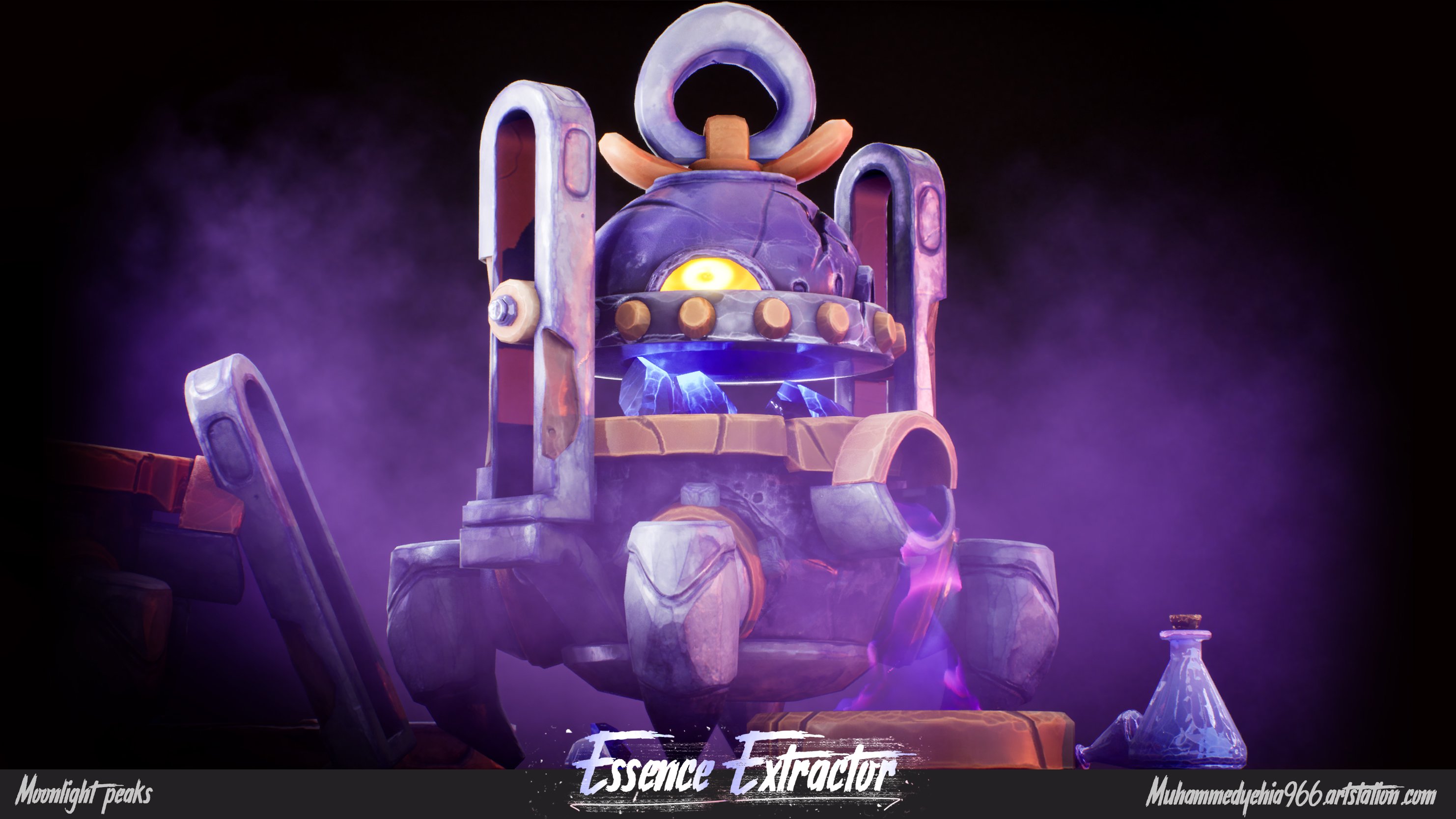
that's the final result: https://www.artstation.com/artwork/rlree6

3 ·
Re: The Bi-Monthly Environment Art Challenge | September - October (98)
This is my project based on the Fatekeeper Concept by Art by Daniel Alekow, It was definitely difficult but I'm satisfied with the end result compared to my usual speed, although I didn't make the deadline. I tried to stick more closely to the concept since I'm not great at designing but Its awesome to see the details others added or changed in their versions.
There are still things I would like to improve on such as details like the patterns on the walls, decals and particle effects but I wanted to post before another week passes. Ill definitely keep working on it a bit longer so I can add a bit more to the scene.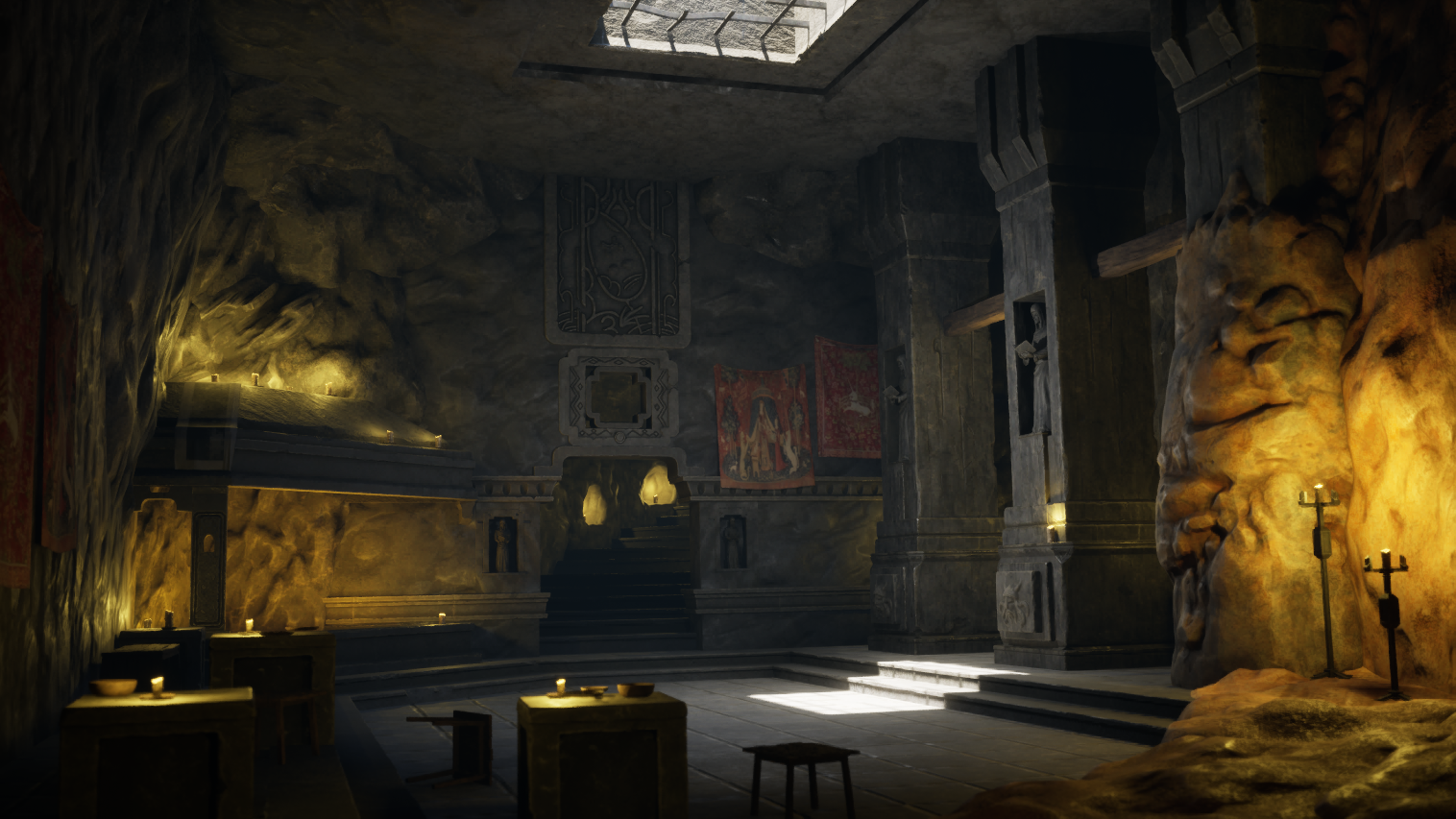
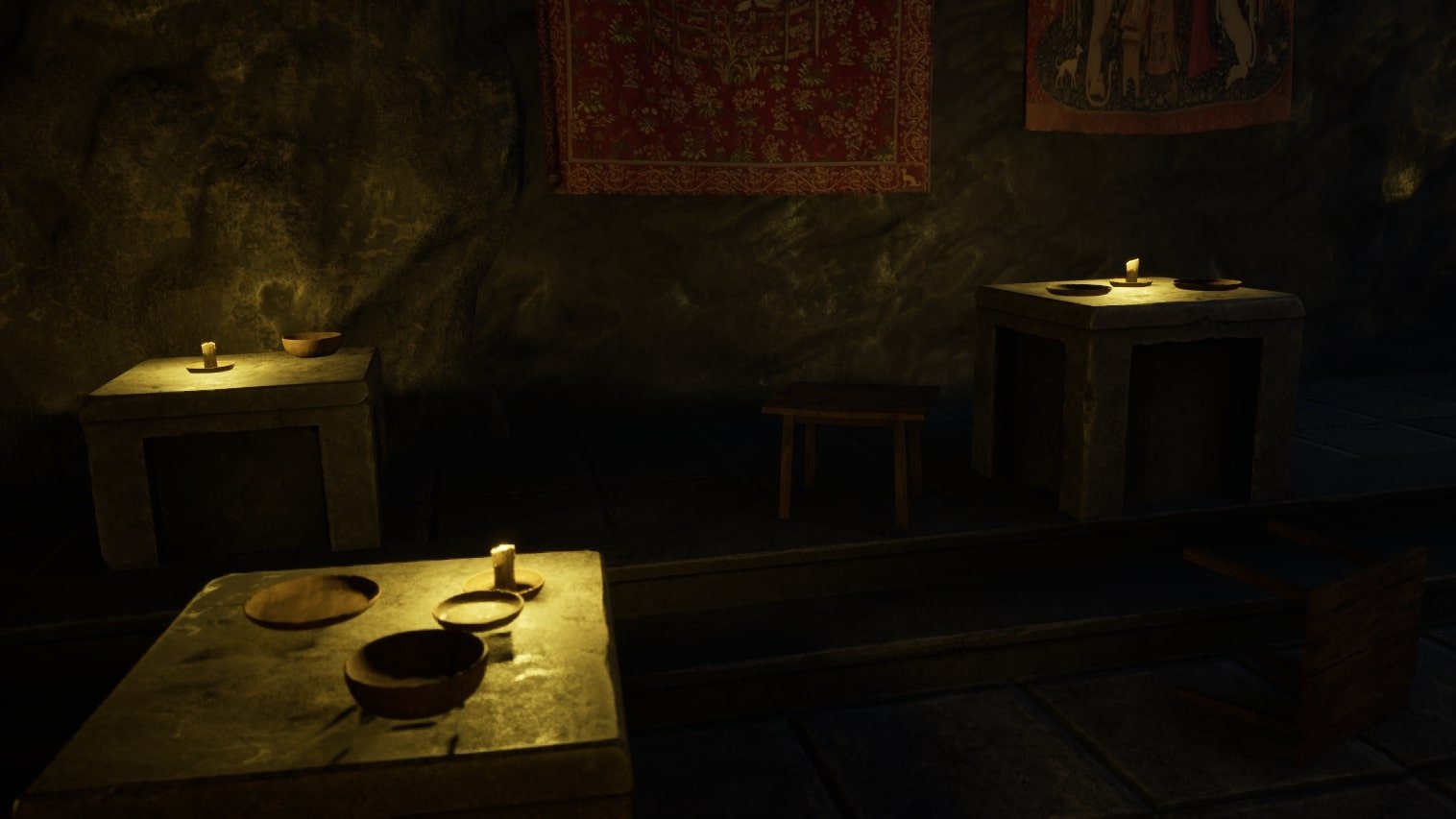
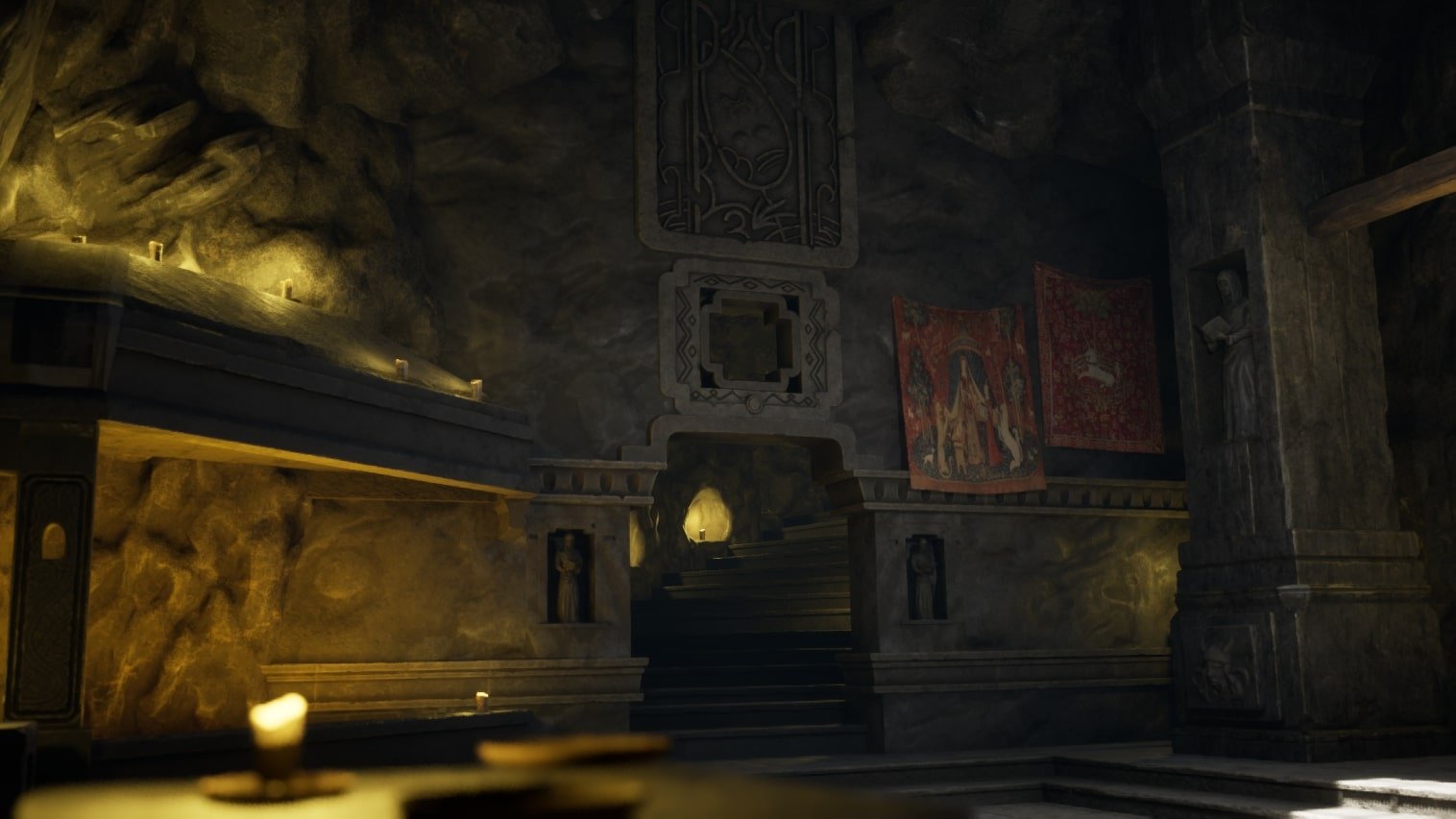
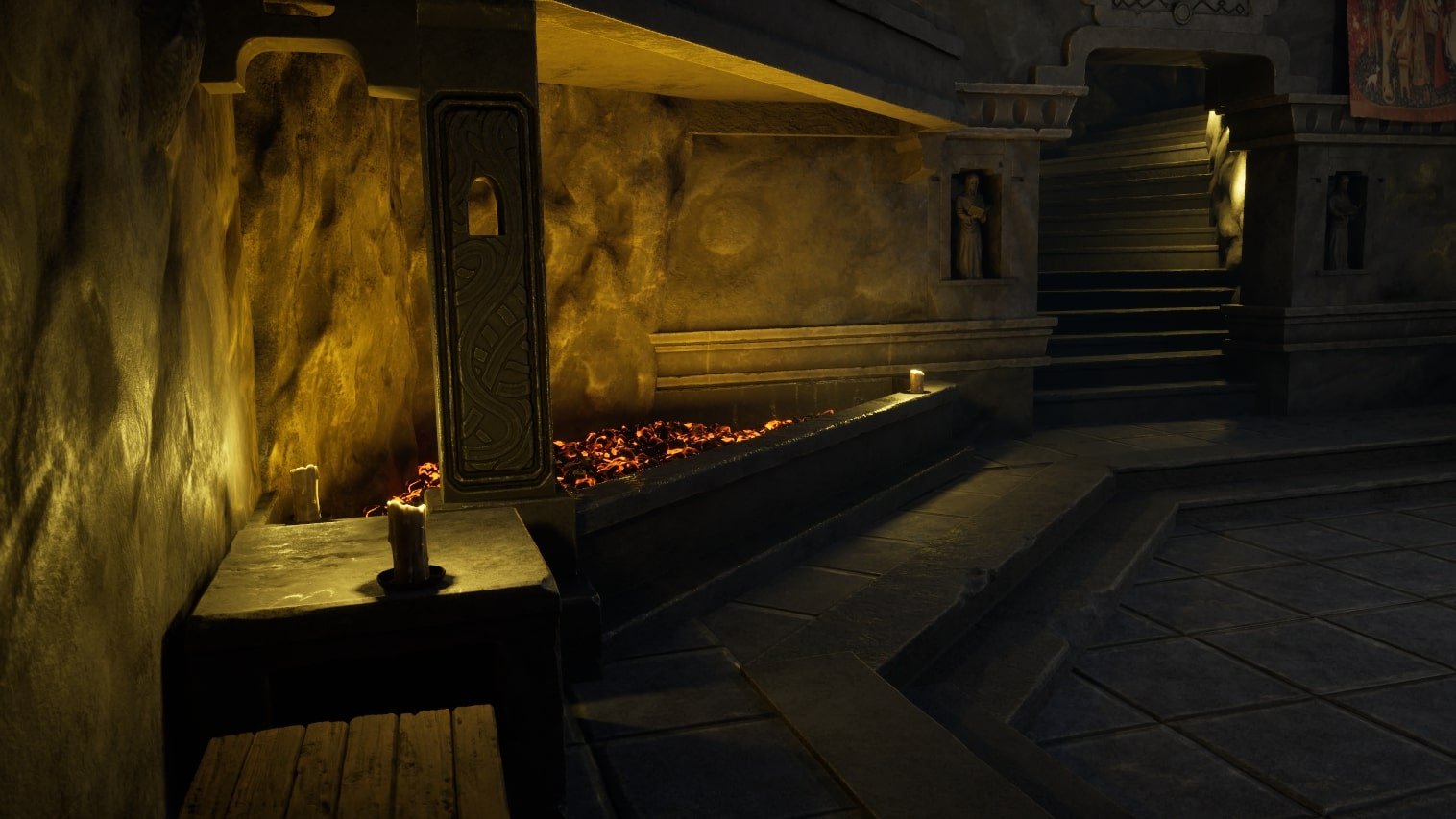
There are still things I would like to improve on such as details like the patterns on the walls, decals and particle effects but I wanted to post before another week passes. Ill definitely keep working on it a bit longer so I can add a bit more to the scene.




 Ghostling
Ghostling
4 ·
Re: What Are You Working On? (3D) 2025
boots update. just about sorted a good workflow for the boots, but yeah boots/shoes are not that much fun tbh


 Ruz
Ruz
3 ·
